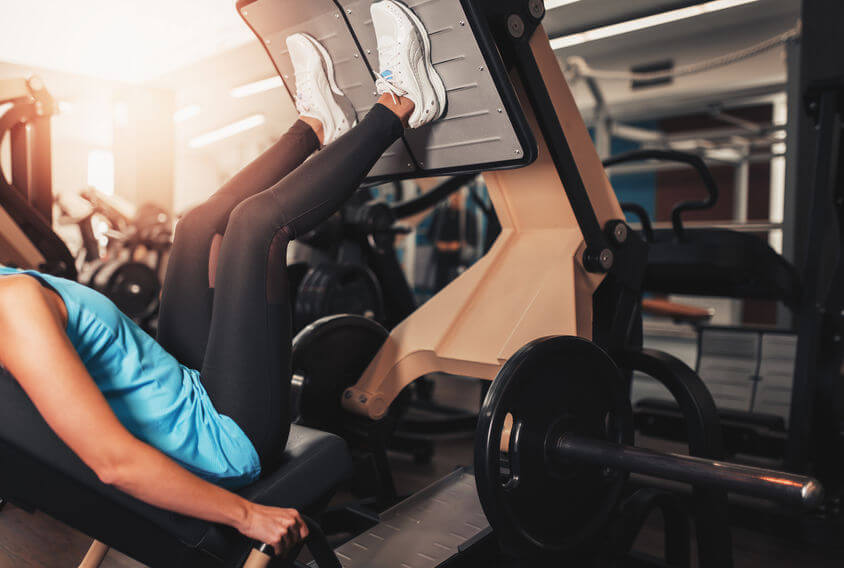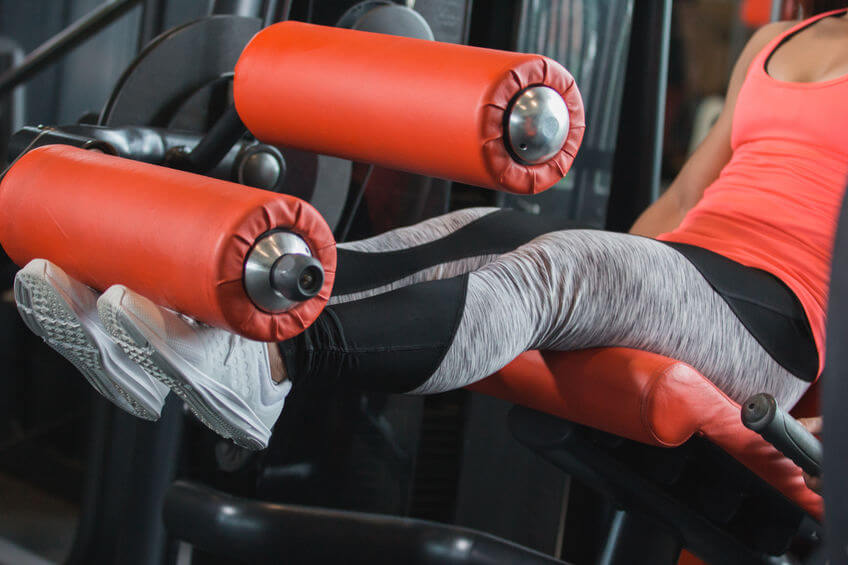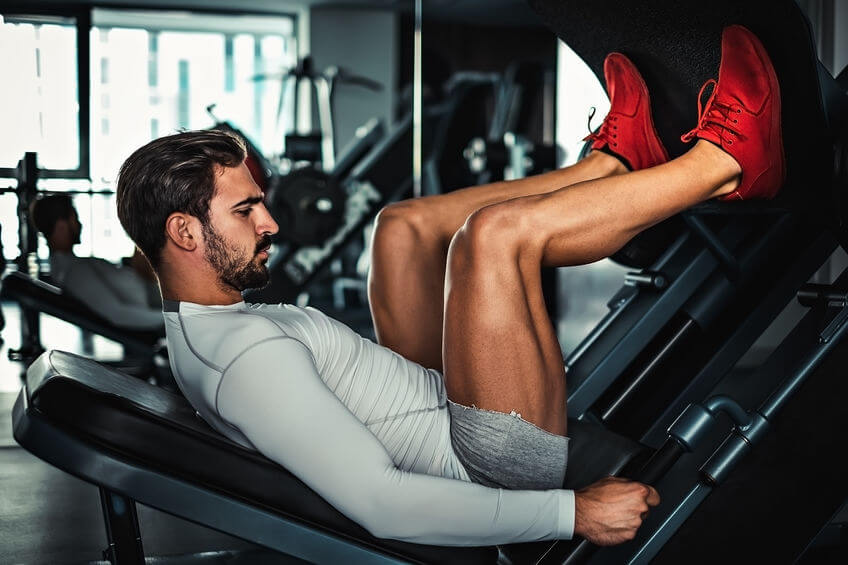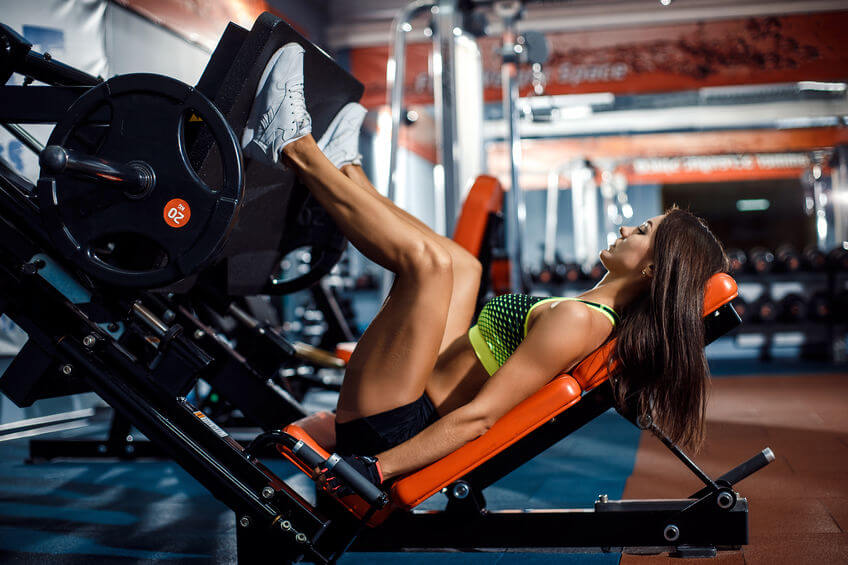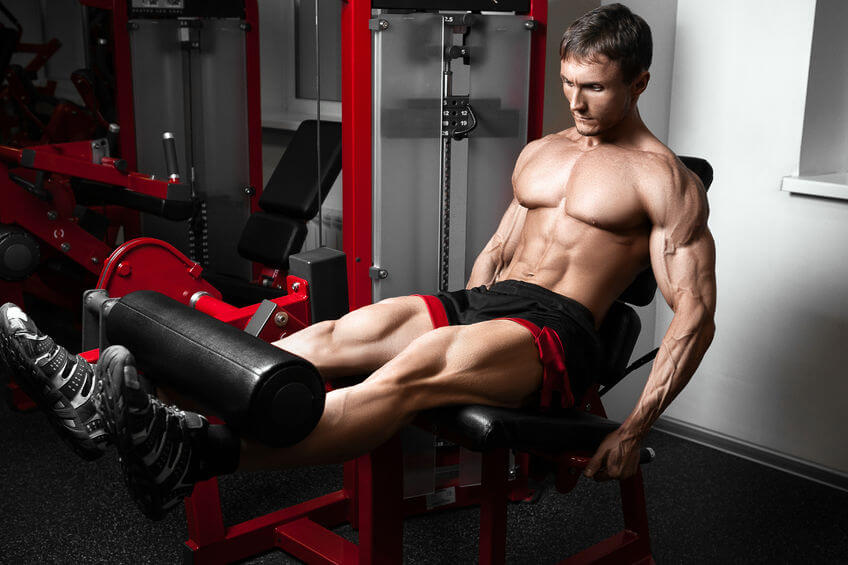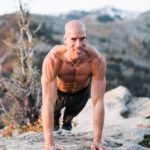Leg Press vs Leg Extension – Where to Place Them in Your Workout
When “leg day” rolls around, it is in your best interest to familiarize yourself with exercise options.
Two of which that come to the surface are the leg press and leg extension.
Let’s take a little closer look at the similarities and differences of these beefcake exercises so you can get a better idea of where to place them in your workout.
Does Size Really Matter?
That’s a loaded question. To some, it certainly does. And the size we’re referring to here is the size of your legs!
If you are one of those people who like the idea of building and maintaining sturdy, tree-like legs to support your upper body, then you are going to want to resort to leg presses, and here’s why.
A leg extension is perfumed by pressing your lower legs against a padded lever arm that moves a stack of weights.
It is only involving a single joint, so, therefore, the amount of muscle recruitment is limited to the quadriceps. They are called into action during knee extension, which occurs when you straighten your leg.
Now hop on over to the leg press machine and you have a bit more joint activity going down – to the tune of your hips, knees, and ankles all getting called into action at once.
Do you know what happens when more than one joint works at the same time? You are left with what’s called a “compound” or “multi-joint” exercise.
These types of exercises are better at building size and bulk in the body. For that reason, the leg press will add more girth to your legs and glutes than a leg extension.
And just for clarification purposes, a leg extension is known as an isolation exercise.
Don’t like doing just plain old leg extensions? Read this article on leg extension alternatives.
Specific Muscle Recruitment
You now know what type of exercise the leg extension and leg press are. But it’s also in your best interest to know the exact muscles they work. Because knee extension is the only action taking place with the leg extension, the primary muscle group targeted is the quadriceps.
Although they consist of the vastus lateralis, vastus medialis, vastus intermedius and sartorius, the quads are still referred to as one muscle group because all of these pieces fire at the same time through extension.
Now that I cleared the air on that, let’s have a look at the leg press. Since this exercise requires you to bend at the hips, knees and ankles, you are working your glutes, quads, hamstrings and calves.
That is the reason why it is compound, and it is also the reason why you should use this as a hammer exercise if bulking is your goal.
The Execution
Both of these exercises are performed on machines from a seated position. But your body is in a very different orientation.
Plus, the leg extension affords you a bit more freedom of movement with your lower legs. Here is more detail on exactly how each is done.
For the leg extension, you are seated in an upright position with your back against a padded support, knees wrapped over another padded support and lower shins tight to a moveable padded arm. You perform the exercise by simply pressing into the lower support and lifting it up until your legs are in a locked position.
You then slowly lower the weight back down and repeat for a set of reps. And just a quick FYI, you SHOULD fully extend your legs, but make sure to squeeze your quads at the top of the movement.
That is what prevents your knee joints from getting hammered to a pulp.
Now let’s shift gears to the leg press.
With this exercise, you are again seated, but from an angled position with your feet pressed against a platform up in front of you.
Your back is still braced against a padded support and you have handles to grip next to your hips. That is also the case with the leg extension. They are there for you to brace your body and create more power.
To execute the leg press drill, you simply lower the plate down toward your body by bending your knees and then push it back up by extending your legs.
The key points here are you want to ensure that your knees do not go past your toes at the lowest point. If they do, just make a quick correction before your next rep.
Building your own home gym and want to do some leg extensions? Here are reviews (and a buyer’s guide) on the best leg extension machines.
The Bottom Line
It stands to reason that the leg press is harder to perform than the leg extension. Any time you call more muscles into play with an exercise, this will be the case.
But that shouldn’t be the main reason you choose one over the other. It should be more about what you’re looking to achieve.
- If raw power, strength, and size is your overall goal, then the leg press is going to be your hookup.
- If you are just trying to get some sweet definition on your quads, then the leg extension would suffice.
But you also have the option of doing both drills in your leg workout. That’s actually going to give you the best of both worlds.
You can then build size, strength, and definition all at the same time. Just make sure to do leg presses first.
This is a rule of thumb with weight training in general.
Always do your compound exercises and larger muscle groups first. That way you won’t tire out your legs, or whatever muscle group you’re working, and you’ll be able to maximize your strength output.
On that note, have fun, lift with good form and build yourself some pillars to strut around town with.

